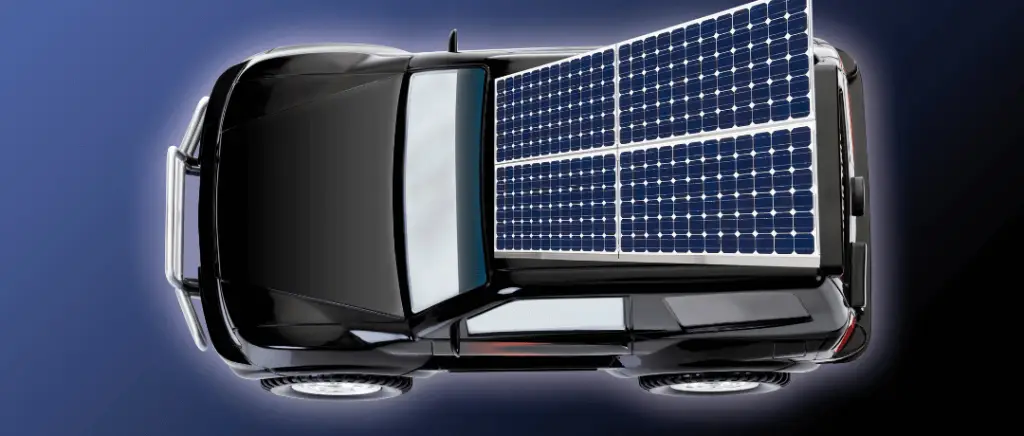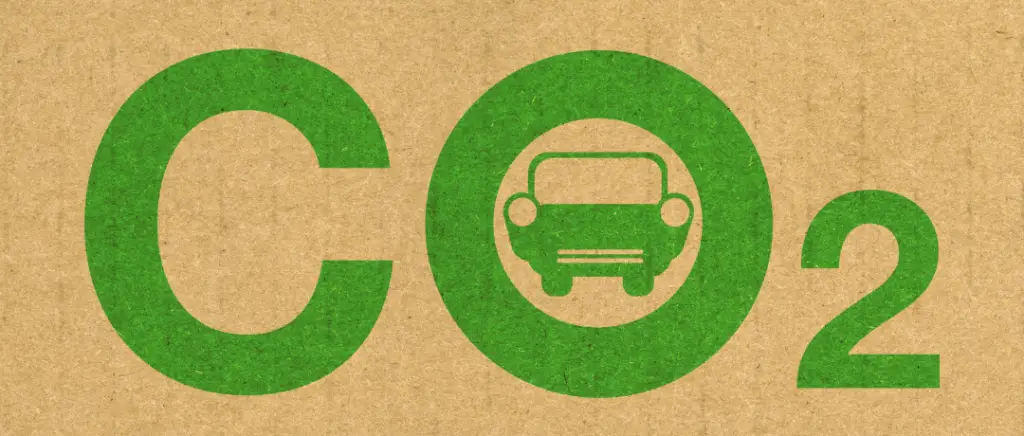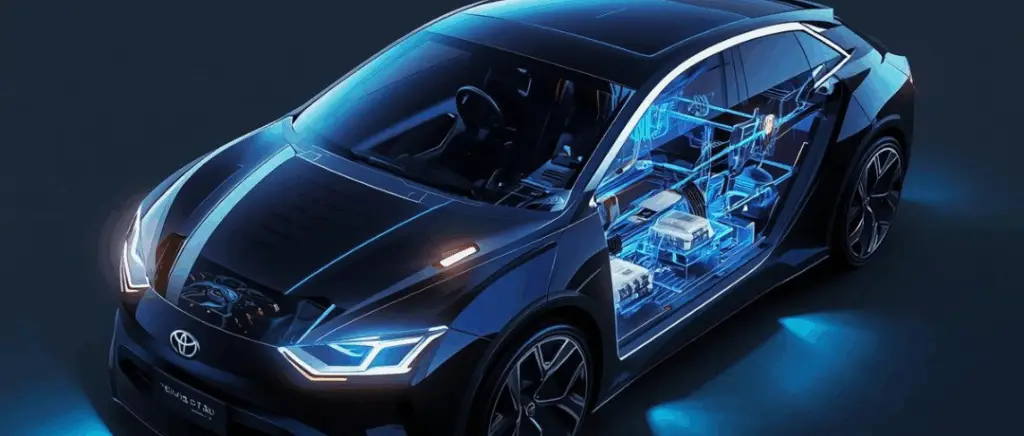You would like toto electric?
Beev offers multi-brand 100% electric vehicles at the best prices, as well as recharging solutions.
Solar car: what is it?
A solar-powered car is distinguished by its unique operating mode: it uses solar energy as its power sourceconverting the sun's rays into electricity with the help of photovoltaic cells integrated into its bodywork. What's more, you don't need a recharging point or an electric socket to get around!
The layout of the photovoltaic cells varies according to the vehicle model: they can be located either :
- solar panels on the roof,
- integrated into the bodywork.
This mechanism, similar to that of traditional solar panels on buildings, produces electricity using solar energy. The solar cellsintegrated into the whole vehicle thanks to the photovoltaic effect, convert solar radiation into electrical energy. This one is stored in a battery then used to propel the car as it travels.
The solar collectors built into the vehicle allow continuous recharging, so there's no need to stop to recharge the battery. What's more, recharging the vehicle generates no electricity. no additional costwhich is good for your budget.
Read also : Solar panels for electric cars: everything you need to know
Today's solar-powered cars don't just run on solar energy. They are in fact hybrids combining electricity and solar energy. They incorporate an electric motor that can be recharged like the others. electric carsand a battery capable of storing electrical energy.
As a result combined technologies allow them to operate at night or in the absence of sunlightand even higher autonomies.
What's more, they offer a partial solution to fluctuations in energy prices, enabling savings to be made. In this way, they represent a step forward in the automotive industry's energy transition.
Read also : The impact of rising electricity prices on my electric car
Etymology of the solar car
Technological advances to design solar cars, including electric motors and the photovoltaic effect, date back to the XXᵉ century. Here are some key dates:
1955 : William G. Cobban employee of General Motors Corp, unveils the Sunmobilea 15-inch miniature vehicle long (around 38 cm) solar-powered car at the General Motors Powerama auto show in Chicago.
Sunmobile held 12 photoelectric cells (a non-metallic substance with conductive properties) to generate an electric current, powering a small motor. This drove the transmission shaft, connected to the rear axle by a pulley.
In short, it's Cobb's 'Sunmobile' that has initiated the use of photovoltaics in the automotive industry.
1985 The Tour de Solorganised in Switzerland in 1985was the first official race for solar-powered vehicles. Even today, competition remains the main use for solar cars. Although pioneering, these cars do not meet the power requirements of private individuals or professionals.
1987 The World Solar Challenge is now a major bi-annual event, attracting mainly university teams and companies. The participating cars, which are lightweight and equipped with solar panels, run on three wheels the size of bicycle tyres. However, they do not represent a working prototype for today's commercial cars.
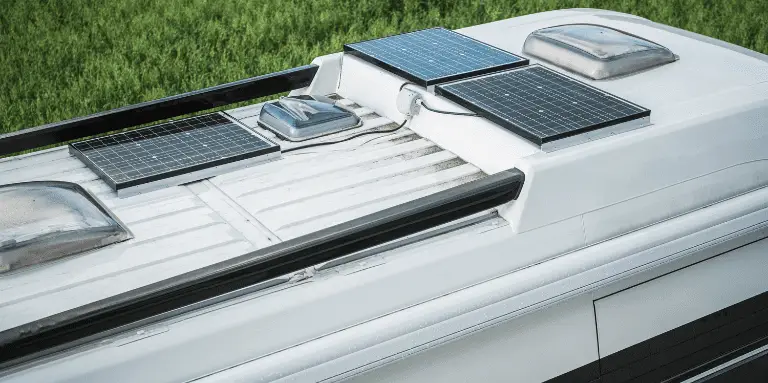
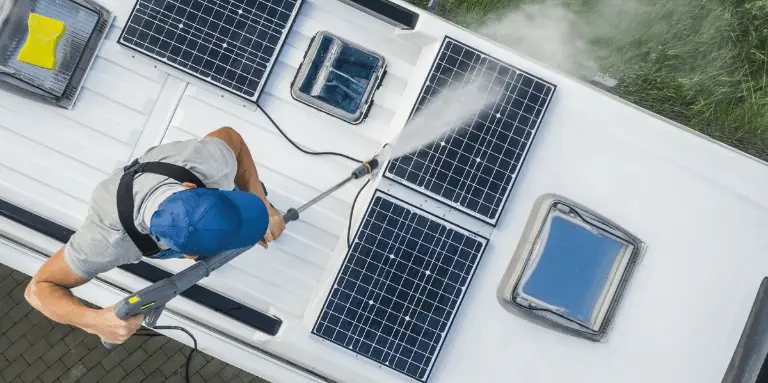
Some solar car projects
Environmental concerns are growing, and the need for sustainable transport solutions is becoming ever more pressing. Solar-powered cars are emerging as a promising alternative to traditional vehicles. In recent years, a number of ambitious projects promise to revolutionise the automotive industry and democratise the use of this innovative technology.
Lightyear 0
For the record, in 2013Students from the Technical University of Eindhoven in the Netherlands are taking part in the famous World Solar Challenge for the first time. They have won the competition three times, in 2013, 2015 and 2017.
Convinced of their breakthrough in solar electric propulsion, some members decided to take the plunge in 2016.
Lex Hoefsloot, Arjo van der Ham, Martijn Lammers, Qurein Biewenga and Koen van Ham founded Lightyear in Helmond, near Eindhoven.
In 2018, Lightyear revealed its plans to design a mass-produced solar-powered car. The following year, in 2019, the Lightyear One was unveiled and renamed Lightyear 0underlining its commitment to carbon neutrality.
This electric car, powered in part by solar energy, has been programmed for its commercial launch on 19 June 2022. It will be the first mass-produced solar-powered car and will be equipped with five cubic metres of photovoltaic panels, marking a major technological advance.
La Lightyear 0 is above all a electric car with a small battery and solar extension. The solar panels provide additional energy, which varies according to geographical location, season and traffic conditions.
Its characteristics
According to our information, the Lightyear 0 is equipped with 5 m² of solar panels and offer a autonomy of 710 km with reduced consumption of 8.3 kWh/100 km.
She accumulates around 70 km daily thanks to the sun, adding to its 625 km range thanks to its standard electric motor. Weighing in at 1.575 kg and offering a considerable powerThis is the most efficient electric car available today.
Lightyear advises that drivers of this model can go several weeks without rechargingfor daily journeys of 35 kilometres. What's more, it has several loading options:
- Standard socket,
- Charging station (up to 60 kW),
- Solar panels.
According to the manufacturer, after an average day's parking, the car can regain up to 64 km of range.
Depending on weather conditions, free, effortless annual autonomy varies between 6,000 and 11,000 kmaccording to one of the founders.
Its price
Acquiring one of the 946 Lightyear 0 units will require an investment of 250 000 €100,000.
Supposedly by the way, the company has revealed its intention to unveil by 2025 a more accessible model at the expense of the 0, named Lightyear 2for approximately between €25,000 and €30,000This has put an end to production of the Lightyear 0.
Sono Sion
Sono Motorsa German start-up founded in Munich in 2016, has announced the development of its solar-charged electric minivan, known as the "Sono Sion". It was a a project for a low-cost family electric car equipped with photovoltaic cells.
Despite the promise of a free weekly commute thanks to the sun, the company has struggled to get investors on board, proving essential to launching production with the minimum funds required.
In an official press release dated 24 February 2023, Sono Motors recently stated that it would puts an end to its solar car development initiative and had to cut around 300 jobs due to its insolvency. In just two years, between 2021 and 2023, thewhich was valued at 2.6 billion $has fallen to the point where it can no longer honour its debts.
Although the company has extended its #SaveSion fundraising campaign and is optimistic about the results, the Sion project clearly lacked the funds to continue.
Its characteristics
This MPV is equipped with 248 solar cells and a 7.5 m² photovoltaic panel. However, despite the 44,000 orders announced, no Sono Sion has ever been produced, as previously stated.
And, like Lightyear's solar car, the Sion's battery can also be charged using a :
- standard plug,
- charging point (11 kW AC and up to 75 kW DC)
- and/or solar panels.
With a maximum speed limited to 140 km/h and a acceleration from 0 to 100 km/h in around 9 secondsSion's plan was for the solar panels on the car to be able to provide an additional average range of 112 km per week. This impressive figure is equivalent to just over ⅓ of the total advertised autonomy, i.e. around 300 km.
Its price
This promising model stood out not only for its innovative technology, but also for its affordable price.
Unlike other solar car projects such as Lightyear, the Sion is positioned in a more accessible market segment with a starting price of €25,000making solar technology more accessible to a wider audience.
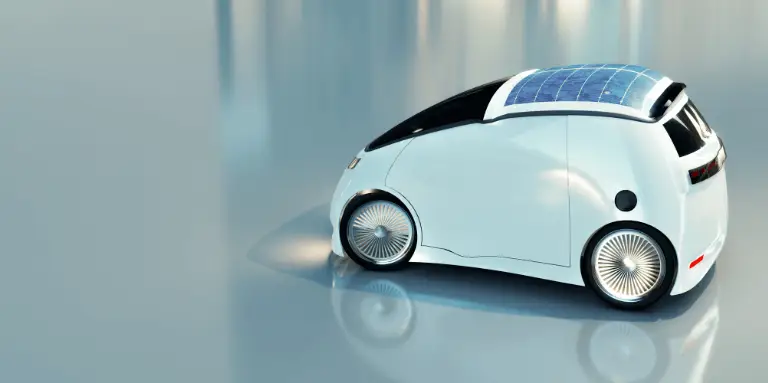
Other solar car projects
The 2 projects mentioned above are the most important in terms of solar vehicles. However, a number of other start-ups have also succeeded in offering an eco-friendly car.
Aptera
Created a decade ago, the Aptera start-up designed its famous eponymous electric vehicle by developing various prototypes and carrying out several road tests.
The latest launch version, entitledLaunch Edition" is therefore a three-wheeled vehicle. Thanks to its innovative design, this solar-powered electric car makes it possible to offer a range of up to 643 km.
However, the young California company has gone through fluctuating periods, racking up a large number of pre-orders, but, like Sono Motors, is facing financial difficulties that are bringing it to the brink of insolvency.
Kayoola Solar
The Ugandan company Kiira Motors s ambition was to develop a solar electric bus. Now let's delve into the Kayoola Solar bus, the prototype of which was revealed with a bang in Kampala in 2016.
A pioneer on the continent, the Kayoola Solar is powered by lithium-ion batteries powered by solar energy and could 300 km per charge and charges in 2 hours. It could also accommodate 90 passengers (i.e. 49 seats and 41 standing places).
However, some delays have disrupted the project due to a inefficient planning and investor caution about its viability. As a result, 2018 ended with no Ugandan cars beyond the prototype stage.
Summary table of solar car projects
| Project | Company | Status | Key features | Estimated price |
|---|---|---|---|---|
| Lightyear 0 | Lightyear (Netherlands) | Launched in 2022, production halted | - 5 m² of solar panels - Total range: 710 km - Solar gain: ~70 km/day - Weight: 1.575 kg | 250 000 € |
| Lightyear 2 | Lightyear (Netherlands) | Scheduled for 2025 | - More affordable version - Details not specified | 25 000 - 30 000 € |
| Sono Sion | Sono Motors (Germany) | Project abandoned in 2023 | - 248 solar cells (7.5 m²) - Total range: ~300 km - Solar gain: ~112 km/week - Maximum speed: 140 km/h | 25 000 € |
| Aptera | Aptera (United States) | Under development, financial difficulties | - 3-wheeled vehicle - Range: up to 643 km | Not specified |
| Kayoola Solar | Kiira Motors (Uganda) | Prototype presented in 2016, delays | - Solar electric bus - Range: 300 km - Capacity: 90 passengers | Not specified |
Is the solar-powered car the future of electromobility?
The rise of electric cars is sparking growing interest in environmentally-friendly alternatives, with the solar car emerging as a promising option. Technological advances and initiatives aimed at reducingcarbon footprint encourage its development.
Potential benefits include reduced carbon emissions and greater autonomy thanks to solar power. However, challenges remain, such as :
- Limited catchment area : The size of the car does not allow enough solar panels to be installed to provide significant autonomy.
- Weather dependent : sunshine plays a crucial role.
- Cost and performance : on-board technology is still expensive to buy.
In the short term, the solar-powered cars will not replace your main vehicle for long journeys. On the other hand, solar technology integrated into electric cars could play an interesting role in the future of sustainable mobility, by increasing range and reducing energy consumption.
Although widespread adoption is still some way off, the solar car could play a key role in the future of electromobility, offering a viable solution for more environmentally-friendly mobility.
Conclusion
More than 50 years after Cobb introduced the Sunmobile, no mass-produced solar car has yet reached the world market despite the competitions organised around the world.
As we have seen, Lightyear and Sono Motors and others refer to solar-powered vehicles, but this is not the case. The name is partly misleading. It's more of a marketing tool than an accurate description of reality. These vehicles are mainly electric cars with small batteries and solar extensions. Solar panels are used asenergy boostThese vary according to geographical location, season and traffic conditions.
In short, the solar car is a hopeful technology for the automotive sector's energy transition. While there is still a degree of uncertainty surrounding its widespread adoption, a number of encouraging initiatives point to a promising future.
Although a solar-powered car for the general public is still a long way off, solar energy can play a key role in the future. essential role in promoting sustainable transport.
While you're waiting for access to a solar-powered vehicle, don't forget that Beev offers a wide range of electric vehicle brands at competitive prices, accompanied by recharging solutions.
Monday to Friday
9am - 12.30pm - 2pm - 7pm
